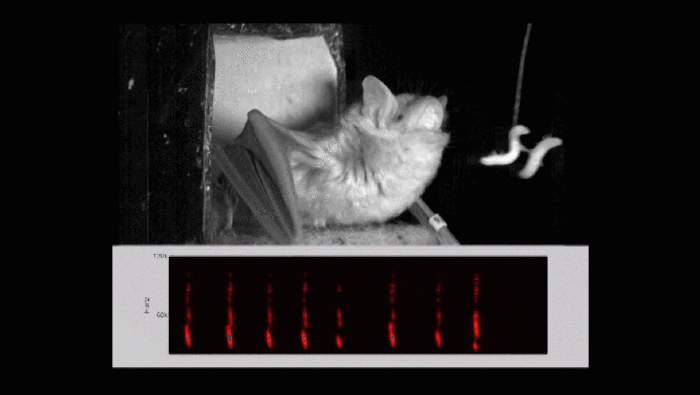How Bat Brain Tracks Prey
The bat midbrain is uniquely organized to facilitate rapid integration of sensory and motor information required for tracking prey using biological sonar, according to neural recordings of wild bats obtained during laboratory experiments described in JNeurosci.

The superior colliculus (SC) is a layered structure in the mammalian brain that uses sensory information to orient the animal to a particular location in its environment. The SC has been well-studied in species that rely primarily on vision to accomplish this task, and almost entirely in artificial settings that preclude understanding SC function during naturalistic behaviors. As bats use echolocation (the process of emitting sound and processing echoes) to navigate their environment, Melville Wohlgemuth and colleagues investigated how auditory input and vocal output might influence the organization and function of the SC in these animals.
The authors recorded SC activity from four big brown bats while manipulating the location of a prey item around a dimly lit room. By comparing the bats' changes in neural activity to their vocalizations and echoes, they found both sensory and motor neurons throughout the SC layers. This finding contributes to previously studied species in which these different neuron types are separated, and integration occurs across layers. SC activity also changed as the bats closed in on the prey, which may support the localization of a target at close distances when processing demands are high.
Corresponding author: Melville Wohlgemuth (Johns Hopkins University, Baltimore, MD, USA), melville.wohlgemuth@jhu.edu





















